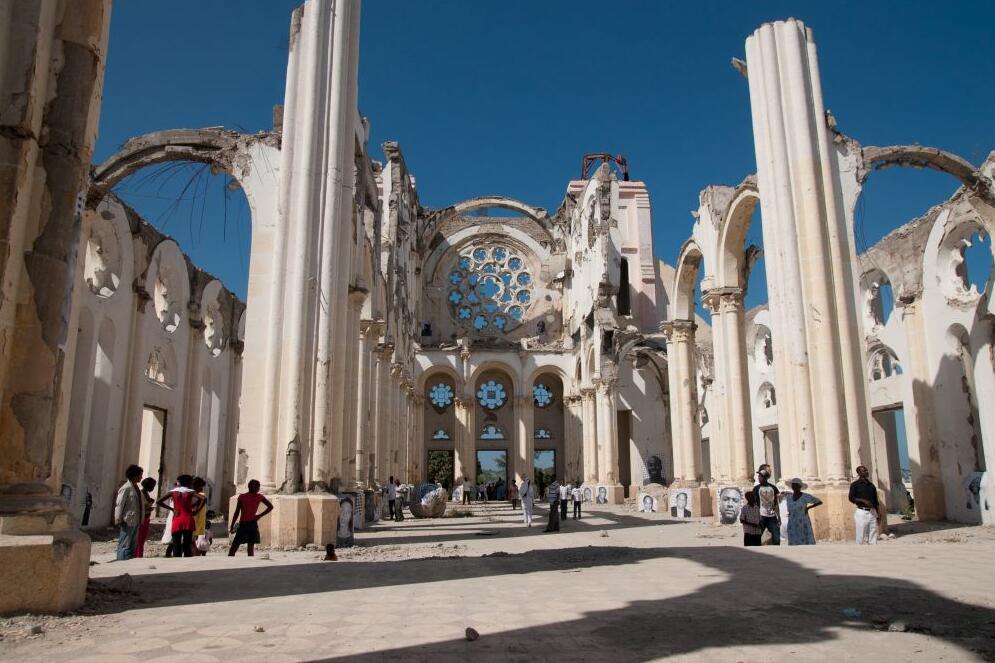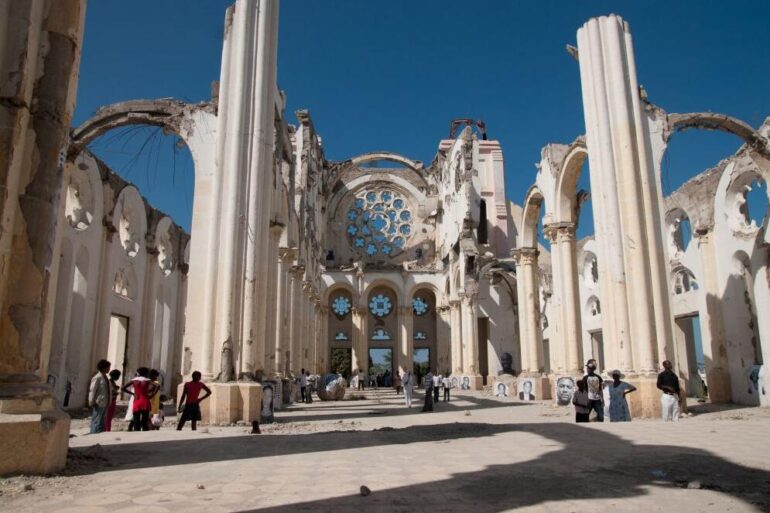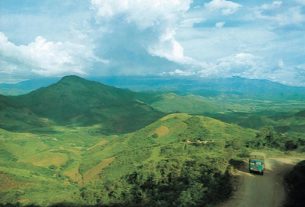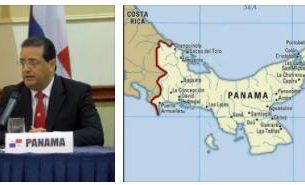Hurricane Matthew and its aftermath
Haiti is regularly hit by hurricanes, which are repeatedly accompanied by severe flooding due to the soil erosion caused by deforestation, which causes devastating damage. In Haiti, only about 2% of the total area is forested and about 70% of the area has slopes of over 40%, which means that landslides are inevitable.
On October 24, 2012, Hurricane Sandy hit Hispaniola and devastated the south of the island. Thousands of houses were covered by the storm and large areas of land, especially in the south, were devastated by the rain that fell over Haiti (sometimes more than 500 mm). It is estimated that 50 to 60 people were killed, 11 of them in the region around Port-au-Prince alone. The rains also flared up the rampant cholera epidemic in Haiti and numerous new cases were recorded.
According to travelationary, Haiti is a country located in Caribbean sea.On October 4th 2016, Haiti was hit again by a severe tropical storm. Matthew, the second severe hurricane season in 2016, focused mainly in the south of Haiti severe destruction to. The storm had already been announced a few days earlier by high waves, which had claimed two lives on Île a Vâche. Matthew has been classified as a Category 5 hurricane, making it the strongest tropical storm to hit Haiti since Cleo. Wind speeds of 172 km / h were measured at Les Cayes airport; in Port-au-Prince the wind reached speeds of around 97 km / h. The storm was accompanied by heavy rain that caused flooding in large parts of the country. Especially the people who live in camps were exposed to the storm without protection. The communications network on the Tiburon Peninsula was destroyed and most of the affected areas could not be reached. Since a bridge was washed away near Petit Goave, which is the only connection to the south that can be used by long-distance traffic, the affected areas could not be reached by aid convoys at first.
It is estimated that 80 to 90% of all buildings in some communities in southern Haiti were destroyed. The number of dead is estimated at 1,000. The infrastructure in the south, which was already deficient, was almost completely destroyed. The supply situation in the affected areas was catastrophic. Many areas were still flooded weeks after the hurricane. In the south of the country almost the entire harvest failed. The inadequate supply of clean drinking water threatened another outbreak of cholera. In addition, mosquitoes multiplied in the stagnant water, so that infections with cholera, dengue and zika increased. Interim President Privert ordered a three-day event on October 9, 2016. The destruction in Haiti was much greater than in other affected countries. This is mainly due to the poor infrastructure and the incapable Haitian government.
The relief measures and the clean-up work were made more difficult by the persistent rainfall. Immediately after the storm, the United States initiated relief measures, which provided the aircraft carrier USS George Washington and the hospital ship USNS Comfort on October 4, 2016. The federal government promised aid in the amount of 600.00 €. It is now estimated that more than approximately 1.4 million people need help. During his visit to Haiti, Ban Ki Moon therefore called for sufficient resources to be made available. The UN estimates the need for the next 3 months at 120 million dollars. It is understood that the damage caused by Matthew could take up to 10 years to be repaired.
Due to the destroyed infrastructure in the south of the country, the then interim president Privert postponed the presidential elections to November 20, 2016.
Ecological problems
Seen from the air, Haiti appears as a yellow-brown area, which can be clearly distinguished from the much greener Dominican Republic. The main ecological problem of the country, deforestation and the associated soil erosion, are visible at first glance.
Originally the land was covered by rainforest, but the colonizers began to clear the forests to create plantations. The growing population density meant that more and more areas had to be used for agriculture. In addition, there was intensive deforestation of precious tropical woods such as mahogany for export. Another serious problem arises from the fact that charcoal is the most widely used fuel in Haiti. For charcoal production even trees in orchards and nature reserves are cut down. As a result of the deforestation, around 98% of the rainforests have been destroyed between the settlement in 1492 and today – only remnants are left in the south. The associated soil erosion destroyed roughly half of the fertile land. This had serious consequences for the country – ecologically and economically and also explains the devastating consequences of the floods. During the rainy season: the water cannot seep away on the mountains and rushes down into the valley like raging rivers. Especially in the northern part of the country, floods in the rainy season repeatedly claim a high number of victims. Charcoal production does not necessarily have to lead to an environmental disaster. Recent studies have shown that the production of charcoal through sustainable cultivation could even offer an opportunity for a positive ecological development in Haiti. Despite all efforts, the Haitian government failed to stop the ongoing destruction of the environment, so environmental groups before warning that there will be no more forests in Haiti by 2032, immediate steps to protect endangered ecosystems should not be taken.
Another environmental problem arises from the lack of a functioning waste management system. Most of the garbage is disposed of in the streets or in the watercourses from where it ends up in the sea. Uncontrolled waste disposal not only endangers the environment, but also public health and the already scarce water supplies. A particular problem is the ubiquitous plastic waste in the streets, which – because it does not rot – clogs sewers and causes flooding. The Haitian government has a law in 2012 passed that forbids the import of polystyrene and polyethylene packaging, but the consistent implementation fails due to a lack of controls. However, in recent years, successful recycling projects have also been started that reduce waste and provide a source of income.




